Welcome to the
Beetle guide world
“The beauty of beetles lies not only in their colors but in the stories they tell about the Earth.”
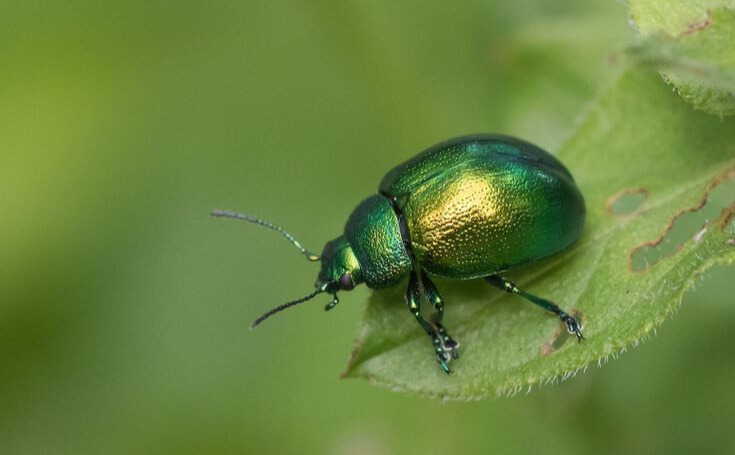
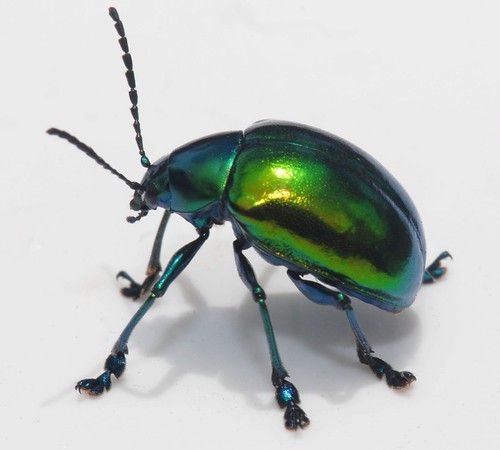
The life cycle of a beetle typically includes four stages: egg, larva, pupa, and adult. Depending on the species, beetles may lay their eggs in various environments, such as on leaves, in decaying wood, or within soil. The larval stage, often referred to as grubs or caterpillars, can vary greatly in appearance and behavior, with some larvae being scavengers and others living as predators. After the larva molts several times, it enters the pupal stage, where it undergoes metamorphosis to emerge as an adult. Adult beetles have diverse diets, with some feeding on plants, others on fungi, and some even on other animals.
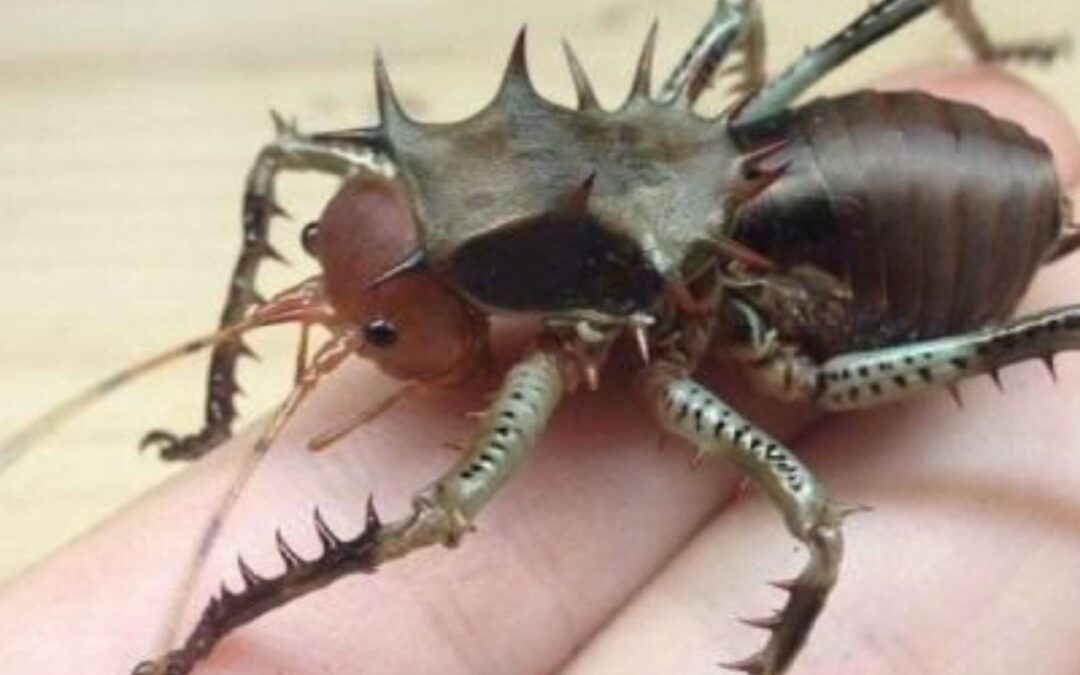
Are Beetles poisonous to Humans
Beetles are one of the most diverse groups of insects, with over 350,000 species worldwide. As humans encounter beetles in gardens, forests, and homes, many wonder: Are beetles poisonous to humans? The short answer is no—most beetles are not...
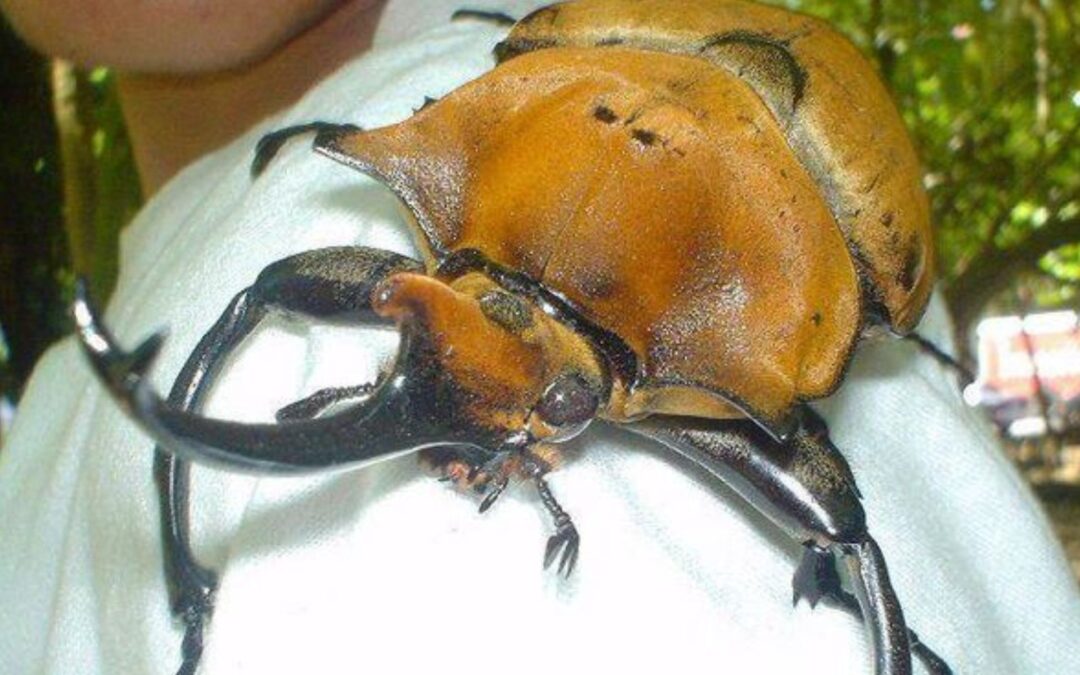
Which Beetle Is Harmless?
Harmless beetles are among the most fascinating and beneficial insects on Earth. Despite the wide variety of beetle species, many are harmless and provide essential functions in ecosystems, such as pest control, pollination, and decomposition....
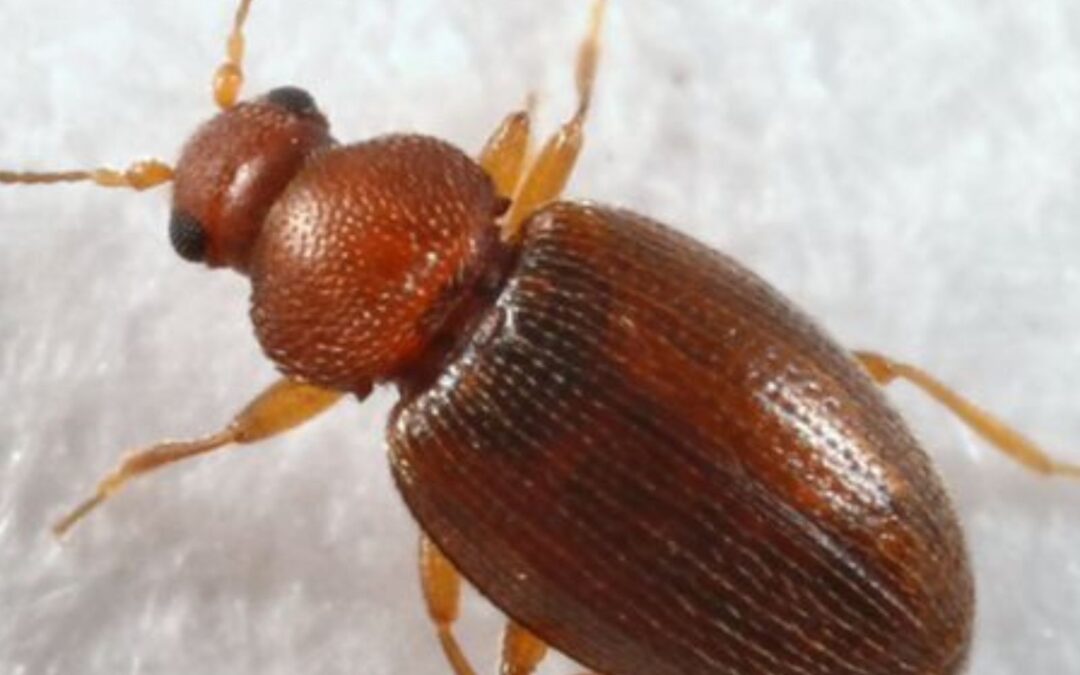
Tiny Beetles in Hotel Room
Tiny beetles in hotel room can quickly become a problem for guests. These insects often appear unnoticed at first but can cause discomfort over time. Common beetles like carpet beetles, booklice, and bedbugs might find their way into rooms,...
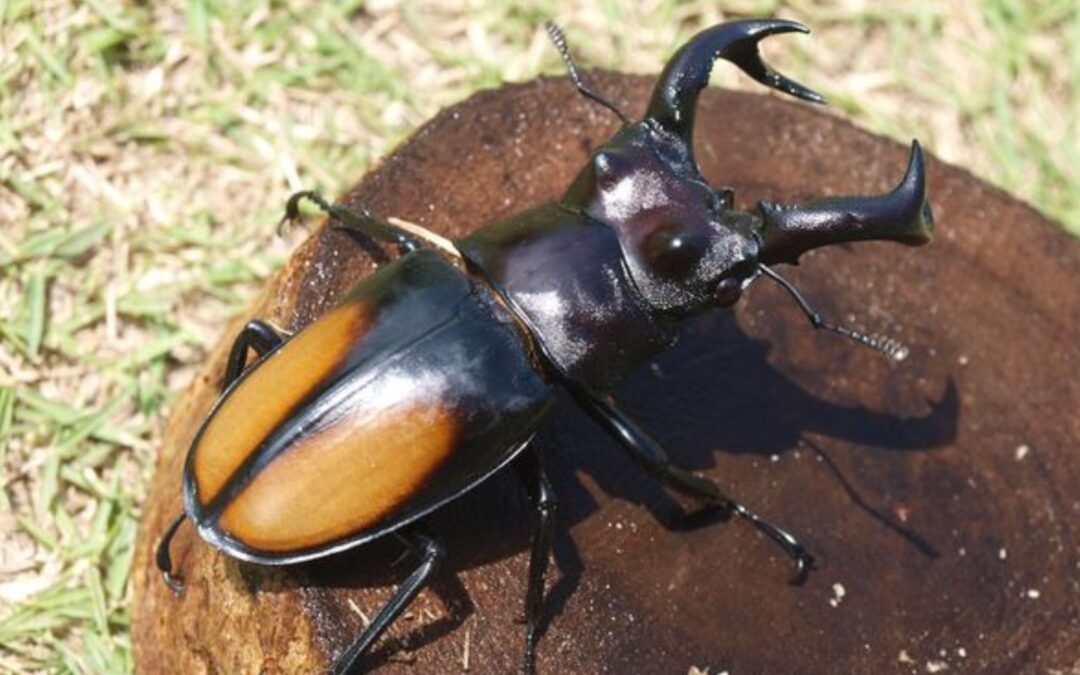
All Types of Beetles (A to Z)
Beetles are one of the most diverse groups of insects, with over 350,000 species known worldwide. From tiny, colorful ladybugs to the mighty stag beetles, these creatures play a critical role in ecosystems across the globe. Their wide variety and...
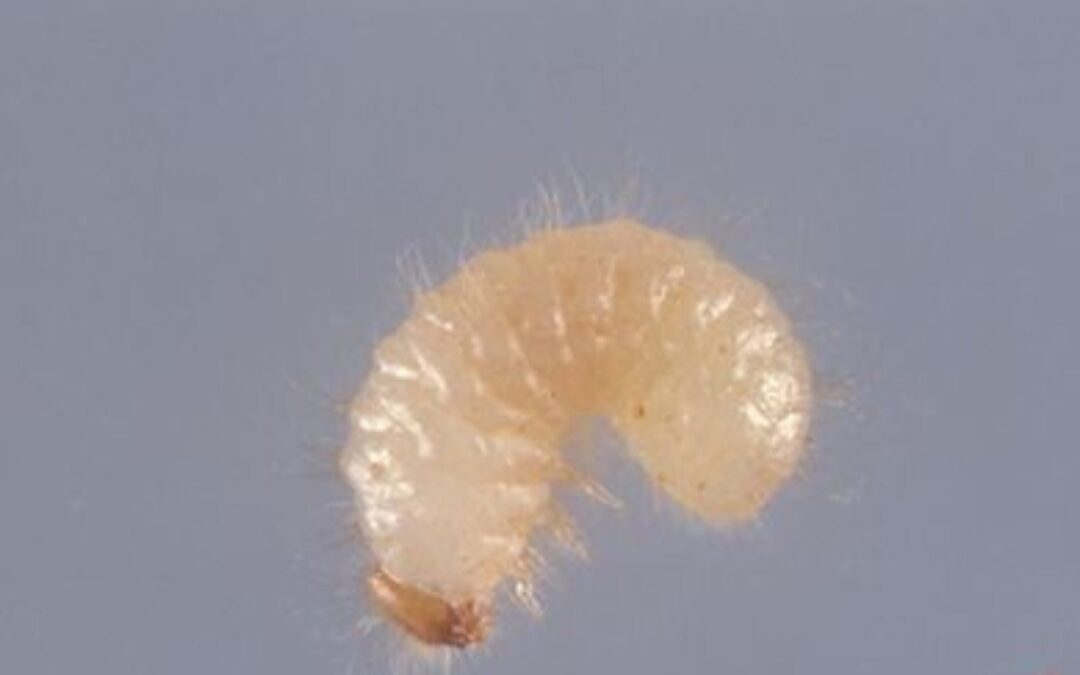
How to Prevent Tobacco Beetles?
To prevent tobacco beetles from infesting your tobacco products, it is essential to implement several effective strategies. First, store tobacco in airtight containers, such as sealed jars or vacuum-sealed bags, to limit exposure to the air where...
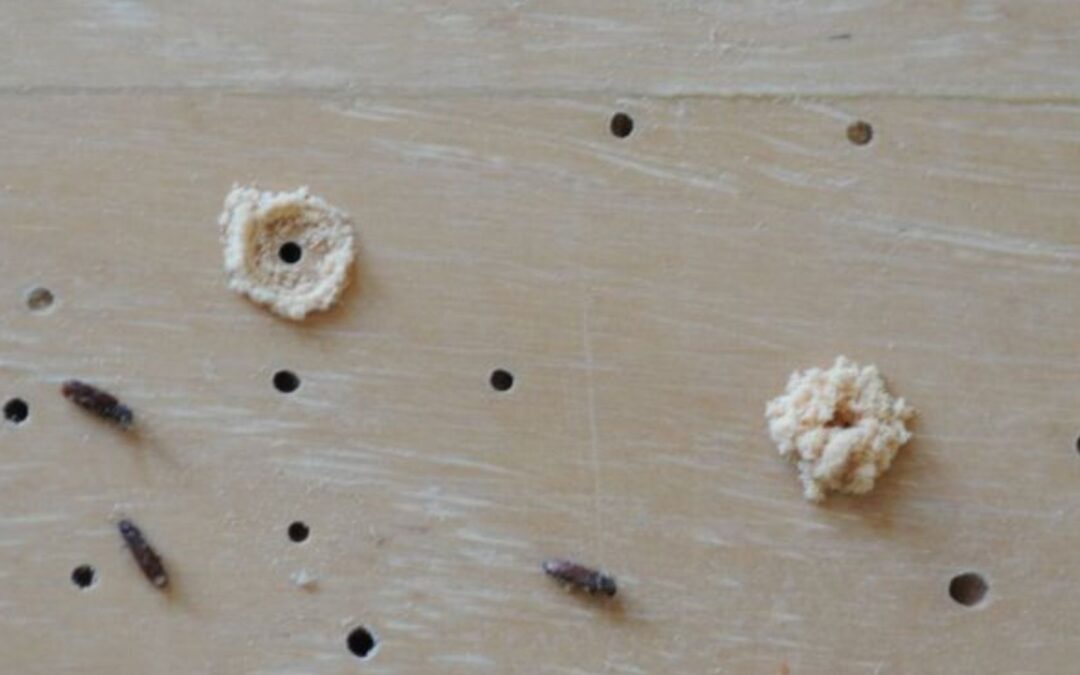
Powderpost Beetle
The Powderpost Beetle is a destructive pest that primarily targets wood, including furniture, flooring, and structural beams. These beetles are small, typically 1/8 to 1/4 inch long, and are known for their ability to burrow deep into wood,...
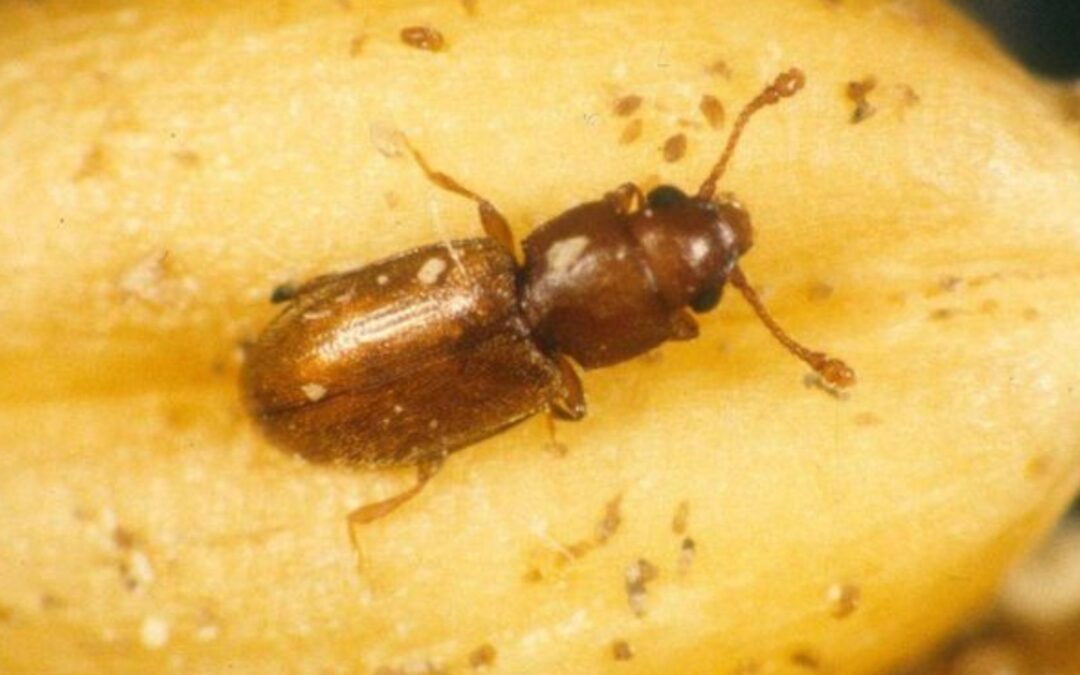
Tiny Brown Beetle
Tiny brown beetle are a common sight in many households and natural environments. Despite their size, these unassuming insects can significantly impact you—whether they’re harmlessly making their way through the garden or causing trouble in your...
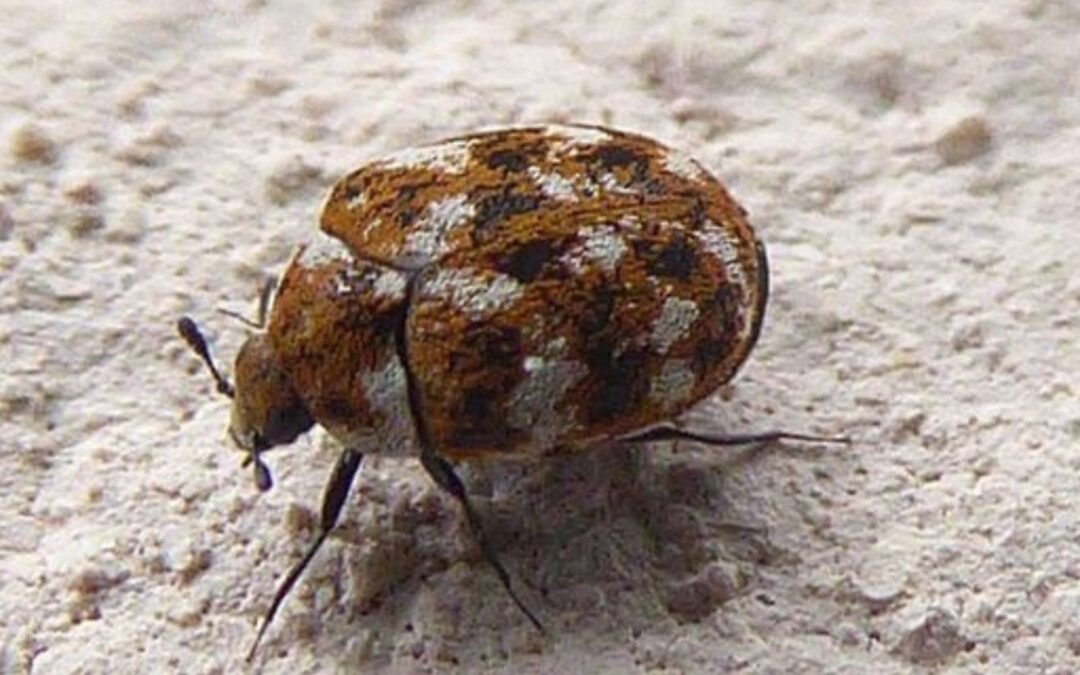
Can Carpet Beetles Fly
Carpet beetles might be tiny, but they can create a significant stir in our homes. These little critters are often misunderstood, and one pressing question keeps many homeowners scratching their heads: Can carpet beetles fly? This inquiry goes...
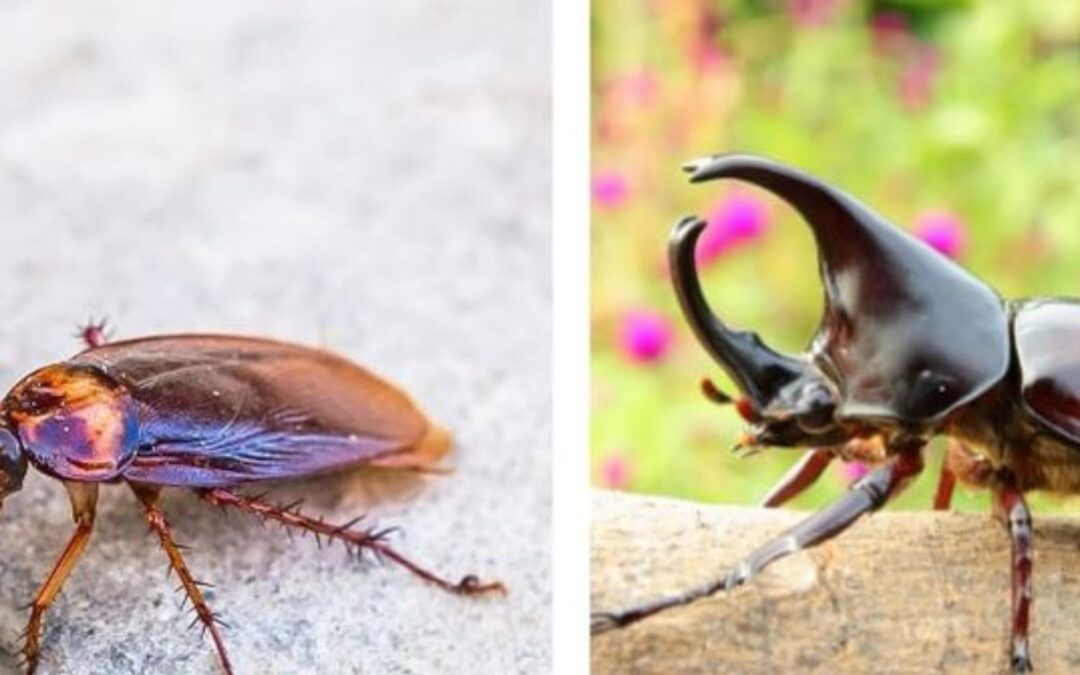
Cockroach vs beetle
Cockroach vs beetle are often confused due to their similar size and appearance, but they have distinct differences. Cockroaches are fast movers, typically nocturnal, and tend to hide in tight, dark spaces. They have long, thin bodies and antennae,...
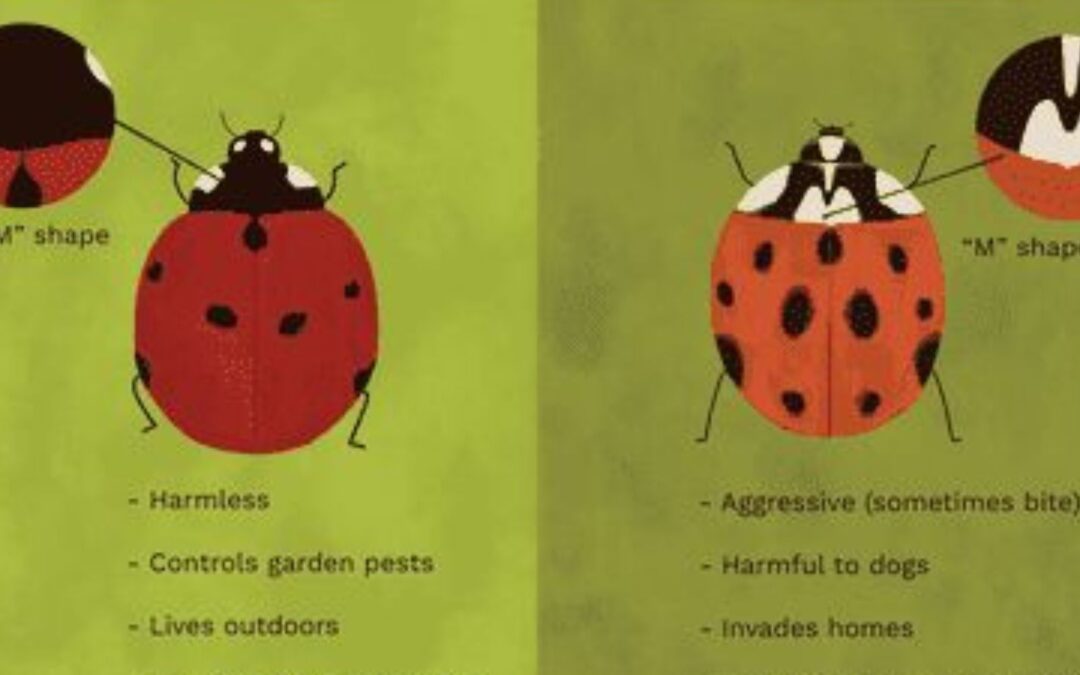
Ladybug vs Lady Beetle
Ladybug vs Lady Beetle refers to the same insect, with different names used in various regions. In North America, the term "ladybug" is more common. In contrast, in other parts of the world, particularly in Europe, people use the term "lady...
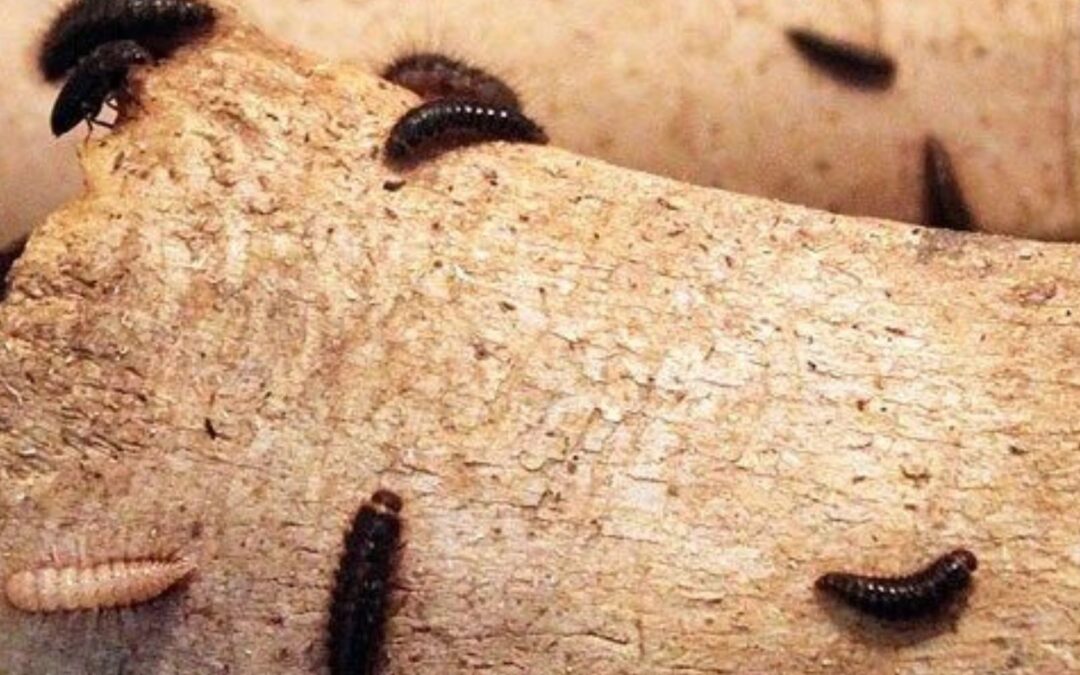
How to identify a water beetle?
How to identify a water beetle can be an exciting and rewarding experience, especially once you learn to recognize their distinctive features. Water beetles come in various shapes, sizes, and colors, but most share certain key characteristics that...
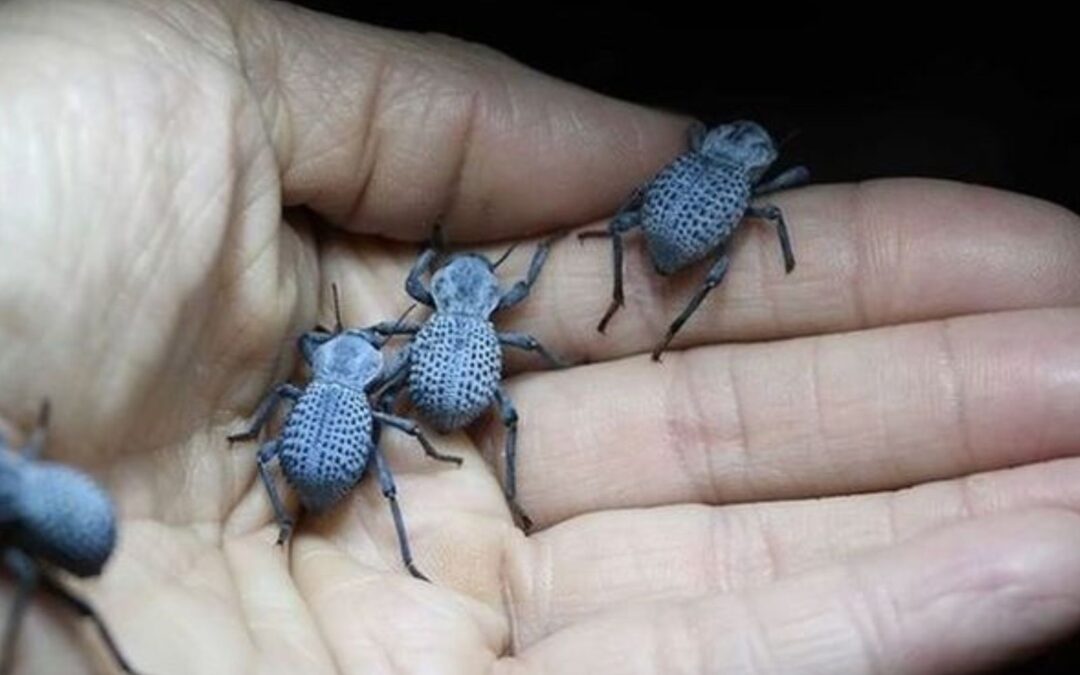
Small Beetles
Small beetles are fascinating creatures, often overlooked due to their size but rich in diversity and importance. These tiny insects, ranging from a few millimeters to a couple of centimeters in length, can be found in almost every habitat on...
